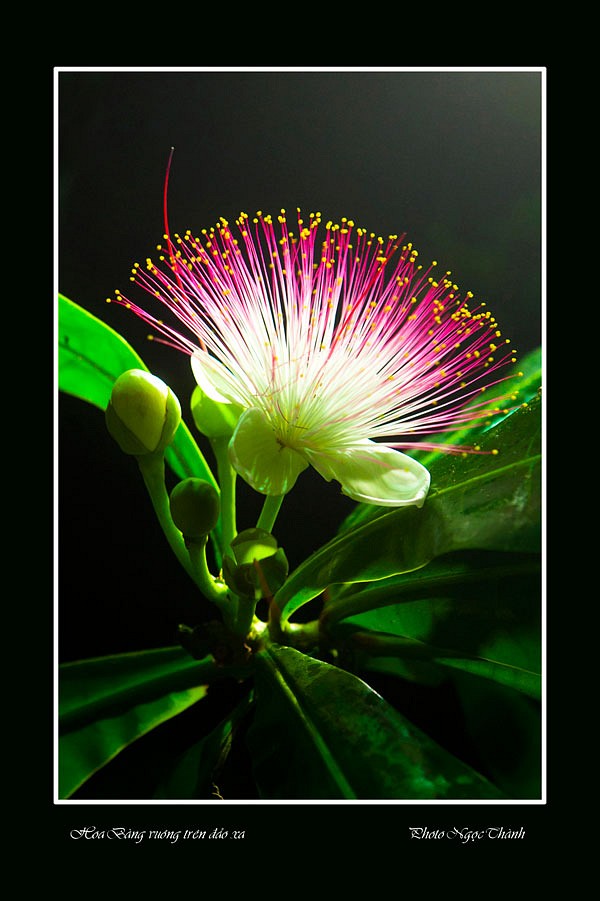
| Opportunities Await In Vietnam, But Preparation A Must | |
Amid rapidly changing consumption trends and product standardisation, Thai exporters must maintain brand loyalty in Vietnamese market, advise experts.
Thai goods enjoy a reputation for above-average quality in Vietnam, where many consumers are willing to pay a little more for something with a "Product of Thailand” label. However, consumer tastes are constantly changing and marketers must be prepared to defend their products’ reputations against new competition. Thai goods have not flooded Vietnam the way products from China have, but have gradually expanded their presence based on higher quality and better services. Among the Thai brands that have built great market share momentum are Red Bull energy drinks, Rosso men’s underwear, BSC cosmetics, Three Lady Cooks foods, Pao laundry detergent, and Malee fruit juice products. "One of the very first things that we need to do is maintain brand loyalty and continue to improve product quality,” says Dr Siwarit Pongsakornrungsilp, head of the Consumption and Sustainable Economy Research Cluster (CSE) at Walailak University in Nakhon Si Thammarat. "It is important to note the effects of digital media on consumer culture trends, as when people see more, they have more choices which leads them to be more selective when it comes to purchasing decisions.” To expand their share in Vietnam’s consumer market, he says, exporters have to create a distinctive brand story. Successful brands develop a conceptual framework to capture customers’ collective consciousness and make the brand unique and memorable. The success of Korean products in Vietnam since Korean pop culture spread across Asia makes an excellent case study for this theory. Last year Vietnam imported $13.17 billion worth of products from South Korea, a rise of 65 percent from $8 billion just three years earlier, helped by the enthusiasm of Vietnamese young people for K-Pop and housewives for Korean TV shows. Thai exporters can learn from Korea’s success and try to create brand stories to make their products the "talk of the town”. Making sure that salespeople in stores have a positive feeling about your products is a plus. Researchers have found that compared with their peers in other countries, Vietnamese shoppers, especially those above middle age, like to interact with salespeople and get their comments and recommendations. As well, according to the Nielsen Shopper Trends Study, Vietnamese shoppers are the most prolific promotion-seekers in Asia, so regular promotional campaigns can be a great bonus. Participating in exhibitions and trade fairs is also very significant promotional tool for ewxporters seeking to introduce new products, says Busaba Butrat, director of the Thai Trade centre in Hanoi. Since the first Thailand Trade Exhibition in Vietnam 12 years ago, she said, organisers and participants have used the events to learn about local trends and gain knowledge about their competitors, enabling them to establish effective marketing strategies. The most recent trade fair in Match was held in the port city of Hai Phong, the country’s third-largest city, attracting big crowds of visitors and creating very rewarding outcomes. "Knowing the history, culture, customs and even language of your target market are much appreciated, as you won’t be able to use the same marketing strategies even for different provinces in the same country,” Dr Siwarit suggested. Based on his extensive research of consumer culture in Vietnam, Dr Siwarit believes the country is one of the toughest markets for doing business. Business models that work in other parts of Asia may not necessarily work in Vietnam. Hanoi and HCM City have very different consumer cultures, so the selling strategies used in the south may not always work when the products enter the north. Northerners, he explains, tend to be motivated to purchase products by necessity, expectations or the desire to "fit in”, while southerners express more of a desire to "stand out from the masses”. Status and face are concerns for people in HCM City but much less so for their Hanoi peers. Businessmen should therefore recognise the strong differences between north and south. Thai Commerce Ministry figures show that Thai-Vietnamese trade value in 2011 stood at 274.55 billion baht (US$8.7 billion), with exports market expanding 25 percent from the previous year to 212.69 billion baht (US$6.7 billion). Major export products to Vietnam include ready-to-eat foods, kitchen products, electronics, clothes, chemicals, metal, rubber and vehicles. A major selling point for Thai consumer goods in Vietnam is "soft” prices, just 10-20 percent higher than for local products, yet 50 percent cheaper than western products. More opportunities for businesses from both sides are expected to emerge soon. A recent memorandum of understanding between the Vietnam Chamber of Commerce and Industry and the Thailand Convention and Exhibition Bureau intends to strengthen relations in terms of the business event industry. To get their products onto Vietnamese shelves and gain the most economic benefits in a market of nearly 90 million consumers, businesses must be well prepared and also react with speed. With a generous dose of understanding of the marketplace, blended with some expert advice, Thai exporters can succeed in Vietnam. | |
| The Bangkok Post |
